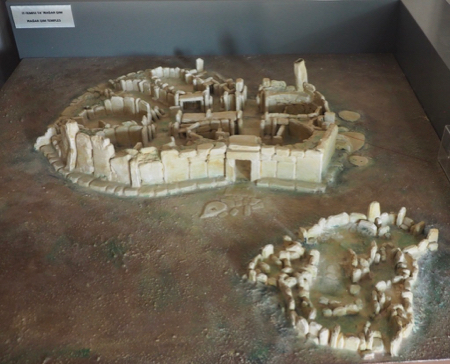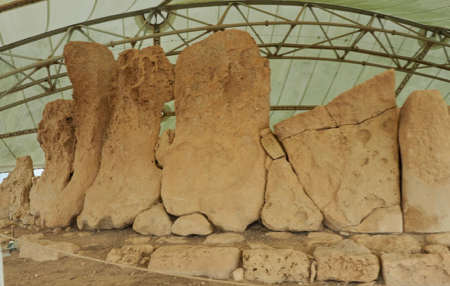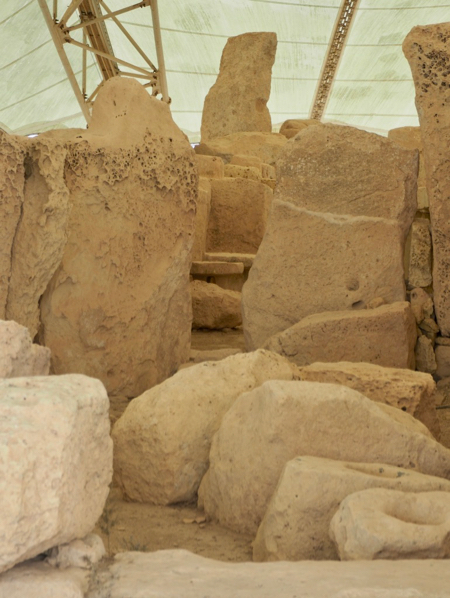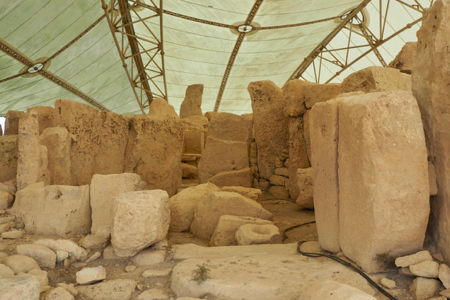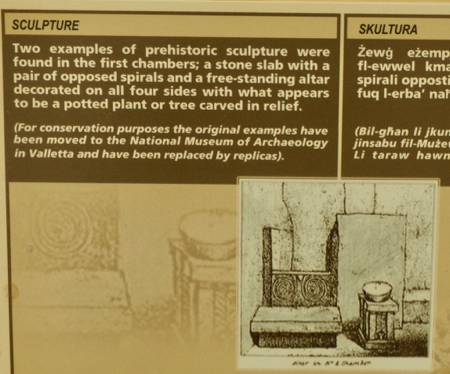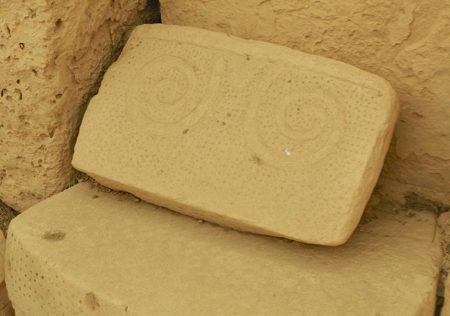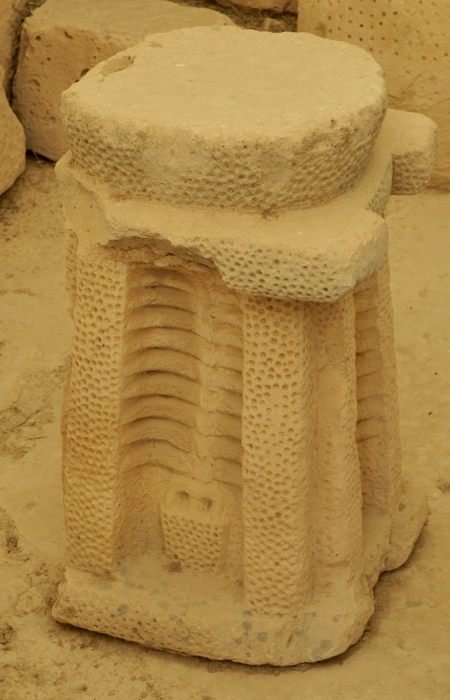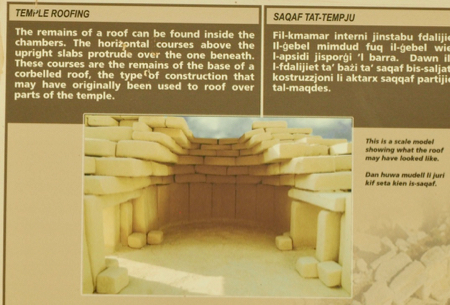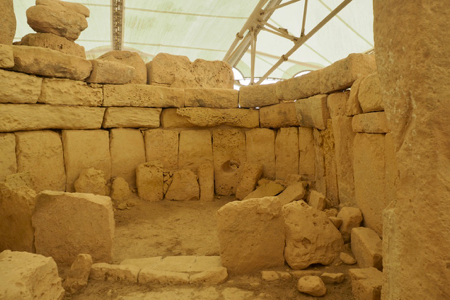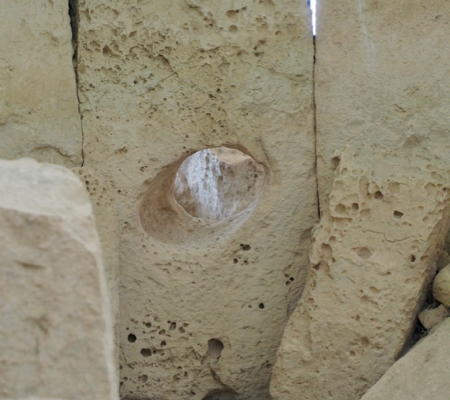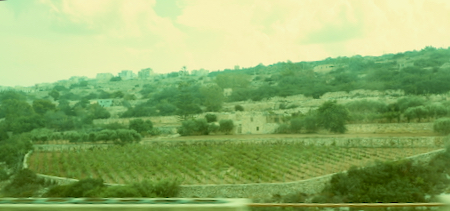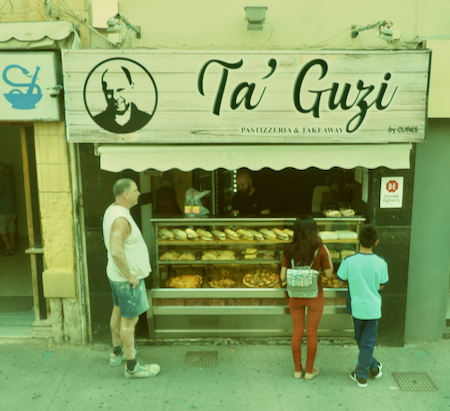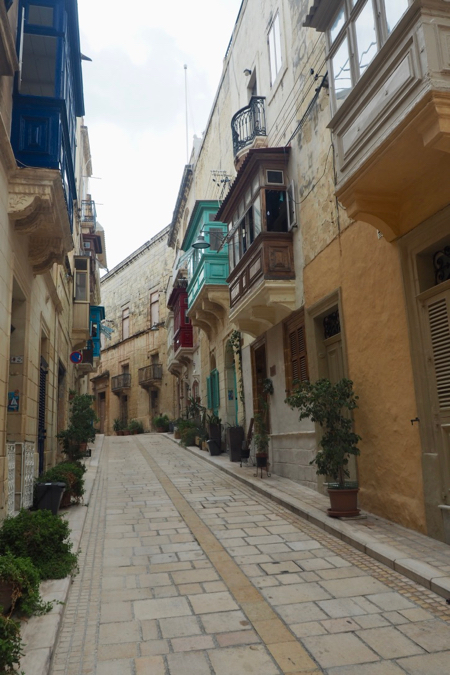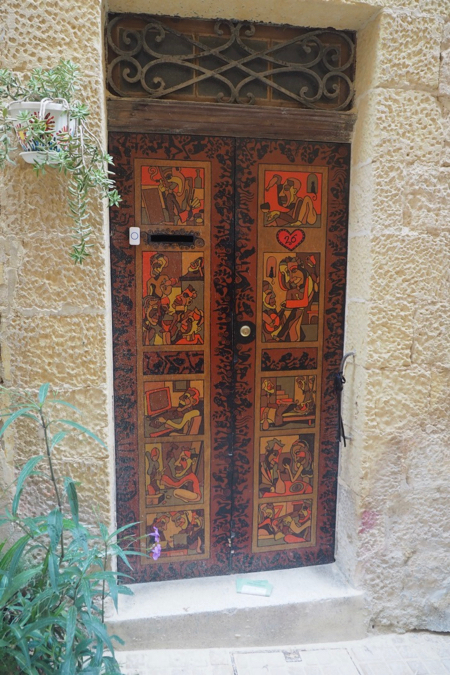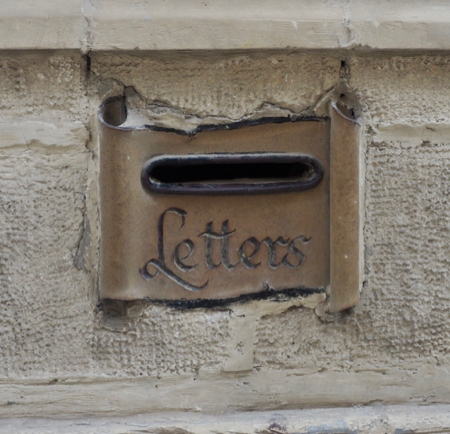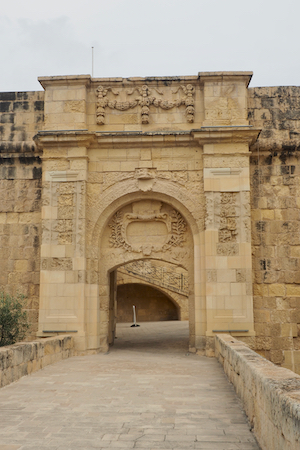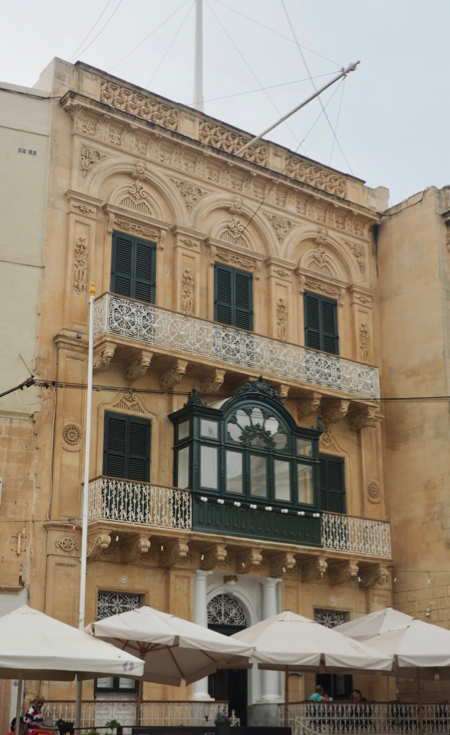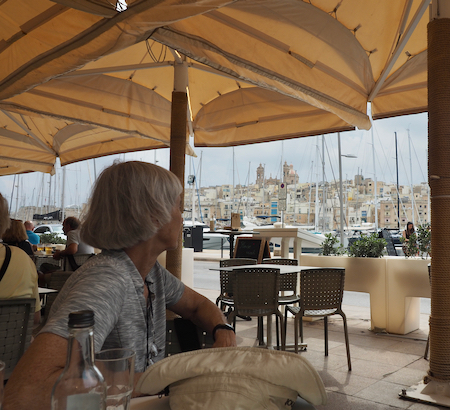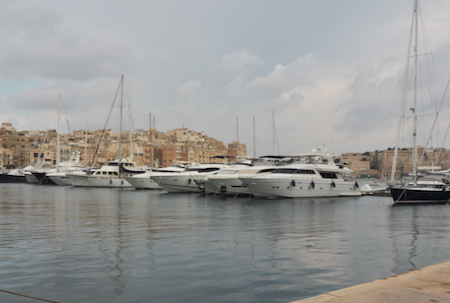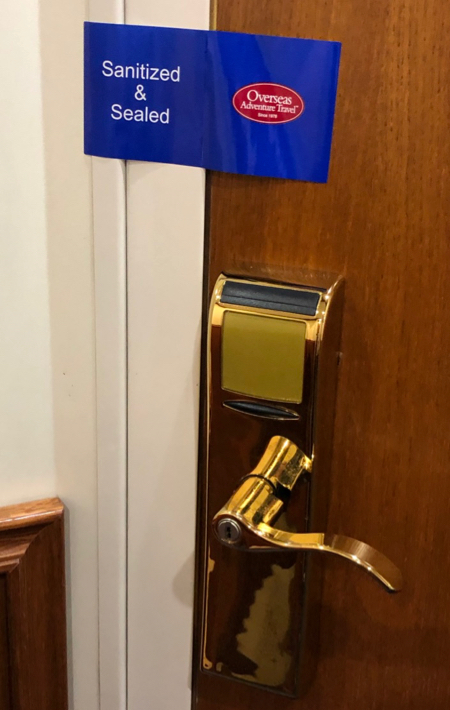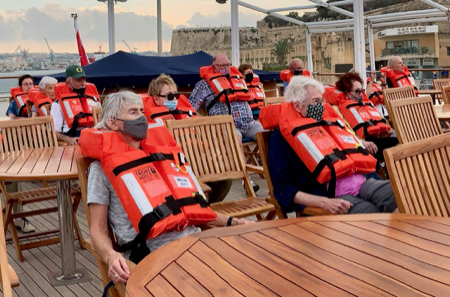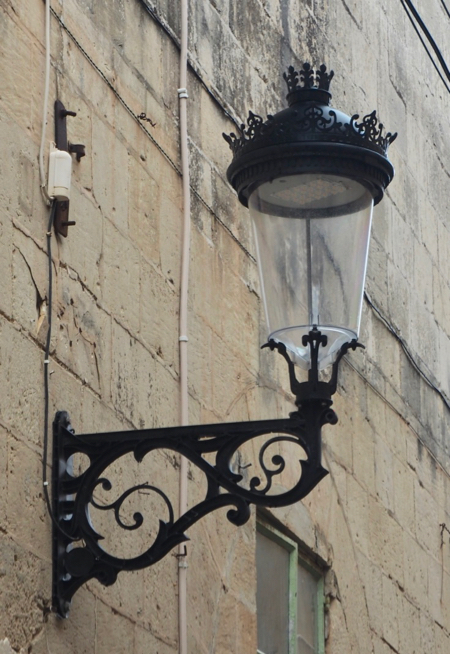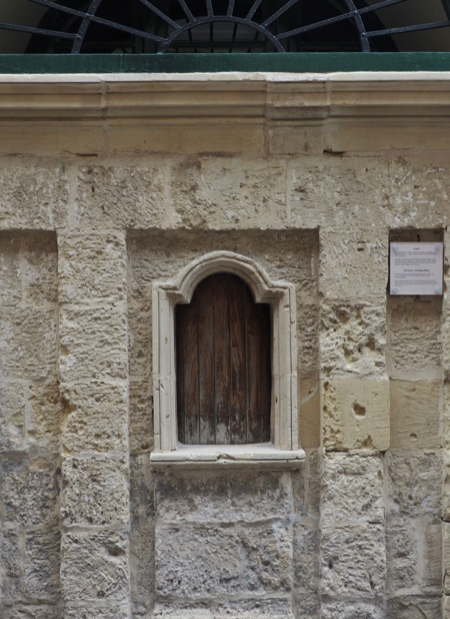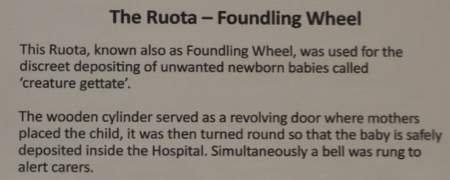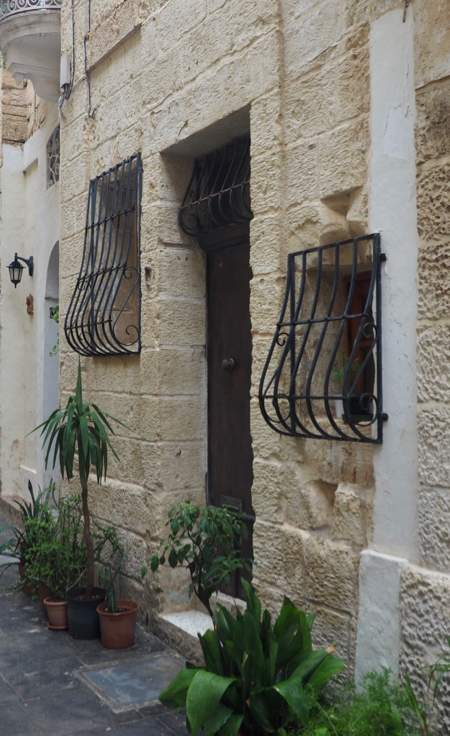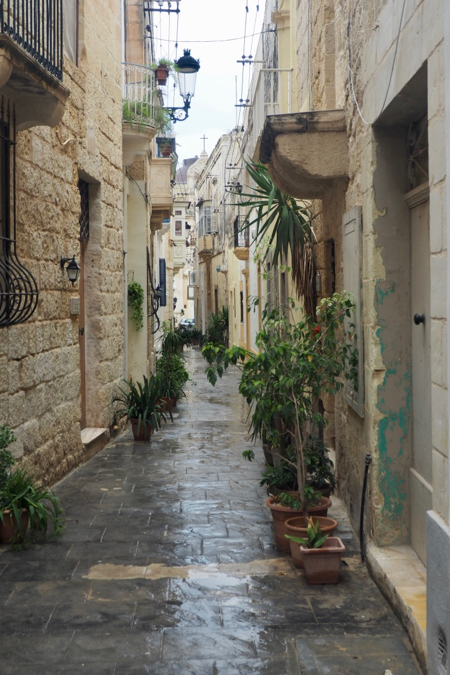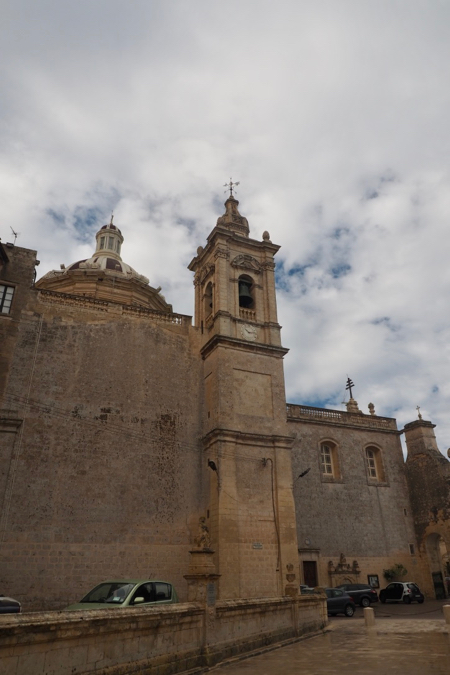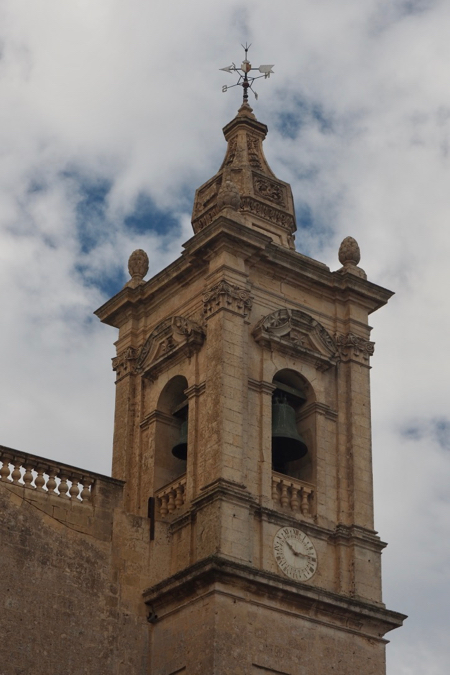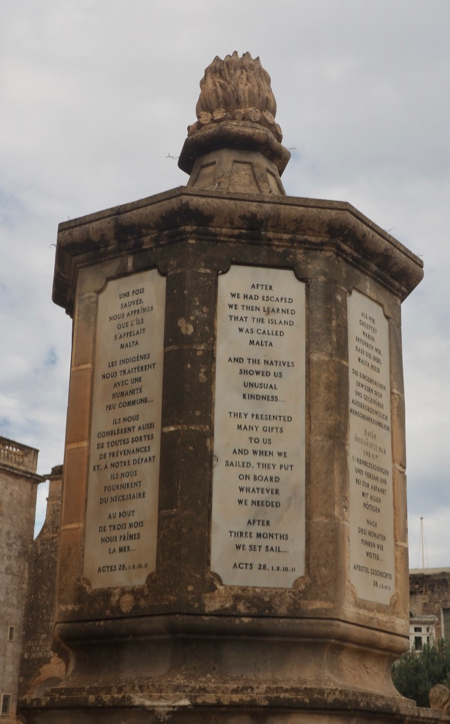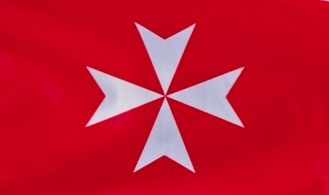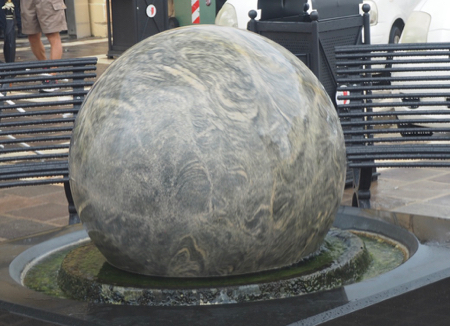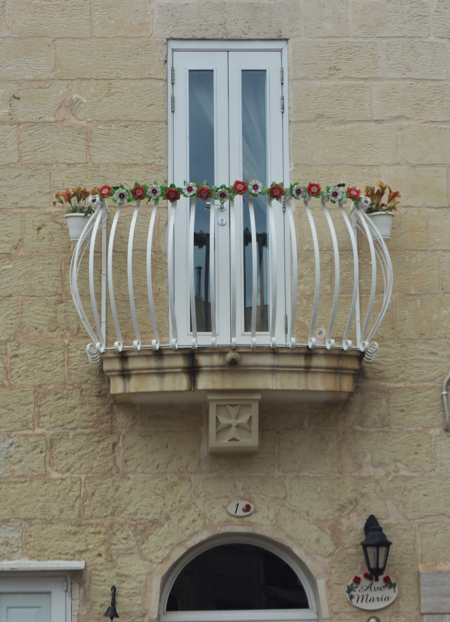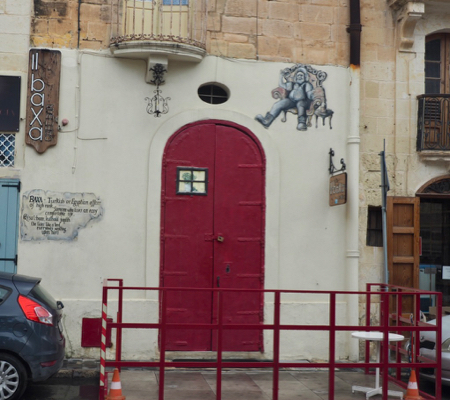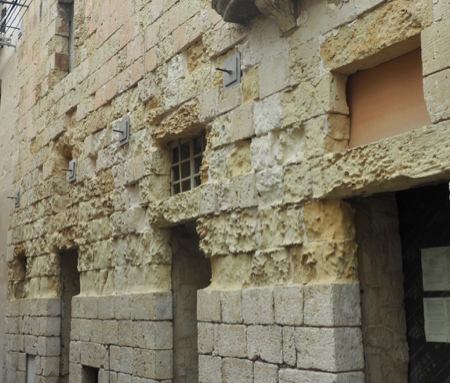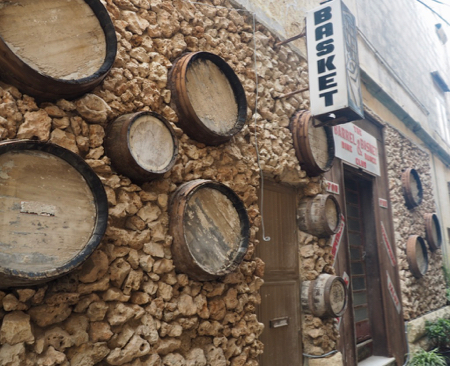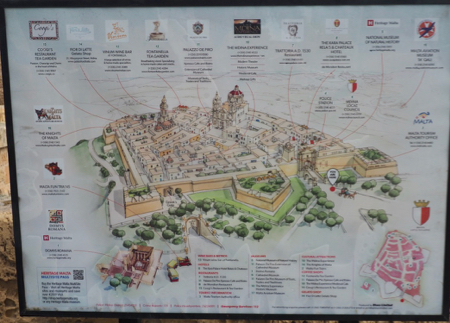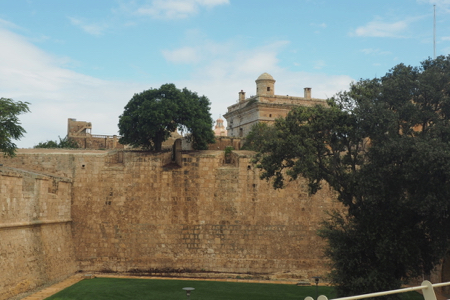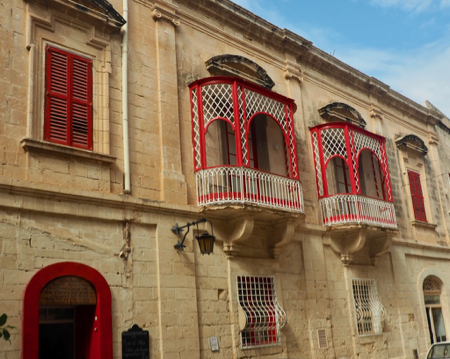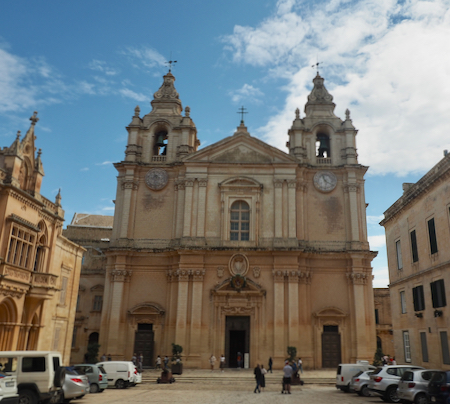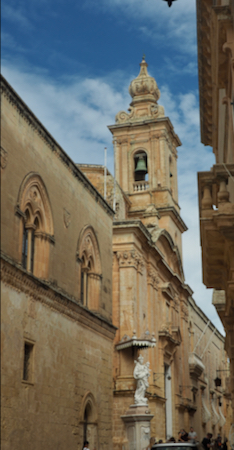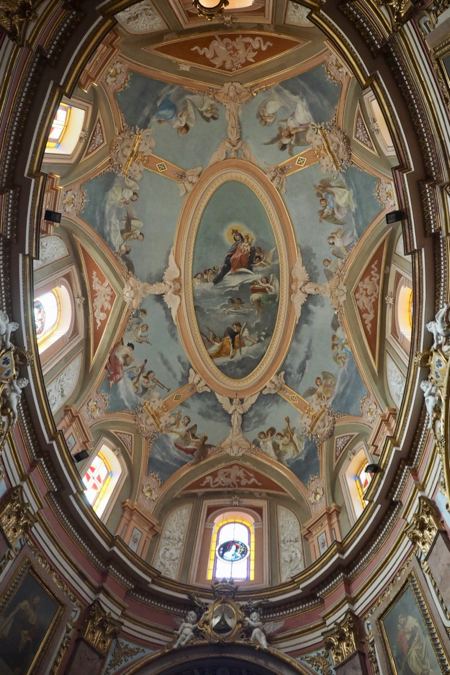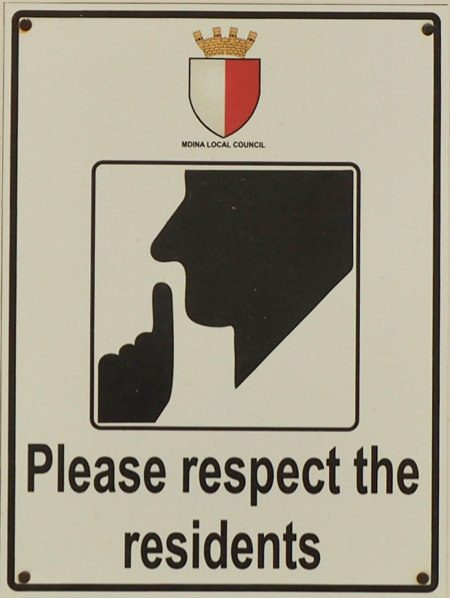Today we rode to the south side of the island to visit the UNESCO Heritage Site of Hagar Qim. The south coast of Malta is all tall cliffs rising 100 to 300 meters above the water. It provides a natural fortification. No one can land or attack that coast.
Hagar Qim is one of the “oldest free standing stone monuments in the world.” It was built between 3600 and 3000 BCE and is one of 24 standing stone temple ruins found on Malta. It is unlike anything elsewhere in the world and is one millennium older than Stonehenge and two millennia older than the pyramids. There is only speculation about how these were built or just what service they provided. We looked at a 10-minute 3-D movie about Hagar Qim and then walked around and through it. (See the link above for more detailed information.)
Model of Hagar Qim - the ruins and how it might have originally appeared
Upright megaliths
A doorway opening into a small court
Model of the spiral sculpture - original is in the National Museum of Archeology
Model of a free-standing altar - original is in the National Museum of Archeology
Roof information
Roof remains
Solstice hole (from the outside looking in)
This elliptical hole was hewn out in alignment with the Summer Solstice sunrise. At sunrise, on the first day of summer, the sun’s rays pass through this hole and illuminate a stone slab inside the chamber. (This view is from the inside looking out.)
The landscape seen today contained many small farm lots with stone walls around them. The fields were tilled and looked like places a family could grow a vegetable garden to feed themselves.
The day's next stop was in the town of Vittoriosa, one of the “three cities” as Napoleon called Vittoriosa, Cospicua, and Senglea, which surround the Grand Harbor of Malta.
On our tour we stopped to look at and speak with the owner of an “old house” probably built in 900 or 1,000 CE. An upper window had a unique Arabian design (interior too dark for photos).
Interesting shop (from the bus)
Nice street in Vittoriosa
Nice door
Letterbox
Entrance to the Inquisitor's Palace
Statue of Nike - commemorating the 1565 Maltese victory over the Turkish Muslims who attacked the island
Intricate balconies
Lunch was at a restaurant by the harbor filled with expensive yachts - nice Greek salads.
Expensive yachts
Finally, we drove to our small ship, the Artemis, docked in the Grand Harbor at Valletta. After checking in, we were able to unpack for the next 11 days on board - a main advantage of cruising.
The Artemis
Sanitized twice a day for our safety
Our safety briefing was on the sun deck. The life preservers are as uncomfortable as they look!
The safety briefing was followed by a Welcome Drink, ship orientation briefing, and the Welcome Dinner at which we were seated at the Captain's table - whoop-dee-do.
Safety briefing
Sat., 10/2 - Rabat and Mdina, Malta
It was raining hard as we boarded our bus to visit the old city of Rabat and the old fortified hill town of Mdina in the middle of the island. Mdina has a long history from the time of the Knights of St. John in the mid-1500s through the bombings of WWII to the tourist attraction of today.
The bus driver dropped us off in the old city of Rabat. From there we walked the narrow streets past a knights’ hospital with a baby wheel. An unwed mother put her baby in the window, spun the wheel so the baby was taken inside, and the monks/knights took care of the baby. Of course, in many cases one of the knights was probably the father anyway.
The houses are old and built of limestone blocks. There are few windows on the street side and many windows are decorated with religious items. Light enters the houses from the inside courtyard windows. Animals were kept on the ground floor and the people lived above. Most houses have small balconies above the street. If street windows opened out, the metal safety bars were also bent out at the bottom creating what are referred to as “pregnant windows.”
At St. Paul's church, we looked at a memorial to St. Paul with Bible verses from Acts 28. The story goes that Paul was shipwrecked on Malta and lived here for three months. There is no proof but it is possible that the foundations of a villa below St. Paul Church was his.
"Pregnant windows"
Narrow streets with lots of greenery
St Paul's Church
St Paul's Church
St Paul's Church
Memorial to St. Paul's shipwreck on Malta with
Bible verses from Acts 28
Maltese Cross - the symbol of the Sovereign Military Order of Malta, of the Order of Saint John, and other organizations
The 8 pointed Maltese cross is really borrowed from the Italian Amalfi cross. It is white in 4 bifurcated points. The Amalfi version is on a blue backing for the sea and the Maltese is on a red background for the blood the knights spilled.
Floating marble ball
Another "pregnant window"
Fun signs and door
Building wall of limestone block walls
Interesting facade
Local snail
By the time we arrived at the Medieval fortified town of Mdina it had stopped raining. After a brief guided tour, we were free to wander about the town on our own.
The St. Paul Metropolitan Cathedral (a Bishop’s church) is tall enough to be seen from the coast at Valletta and is now a museum. There were many nobles’ and rich people’s palaces that are now B&Bs, restaurants, or souvenir shops on the ground level and housing on the second or third floors. From the city walls we could see out to the coast across the small fields that grow potatoes and tomatoes for commerce and other veggies for local consumption.
Map of the fortified Medieval City of Mdina
Exterior walls of Mdina
Entrance to the fortified Medieval town of Mdina
Colorful balconies
Unexpected sign
St. Paul Metropolitan Cathedral - now the Natural History Museum
City view from the walls of the Mdina
Farmers' fields from the walls of the Mdina
Church of the Annunciation of our Lady
Ceiling in the Church of the Annunciation of our Lady
Nice sign
Unexpected cactus
After returning to the ship for lunch, we took our cell phones to the lounge where Marco helped us fill out the EU Personal Locator Forms (PLF) required to enter Italy tomorrow - the continuing complications of travel during Covid.
The cruise over to Sicily, across the open seas of the Mediterranean, was nice and smooth.
| Return to Top | Return to Itinerary | Return to Trips page to view other trips | Return to Dreamcatcher Home Page |

